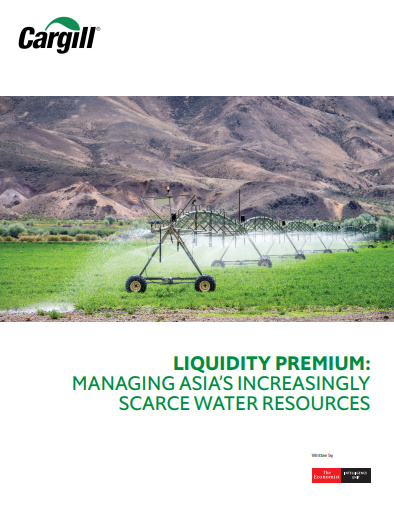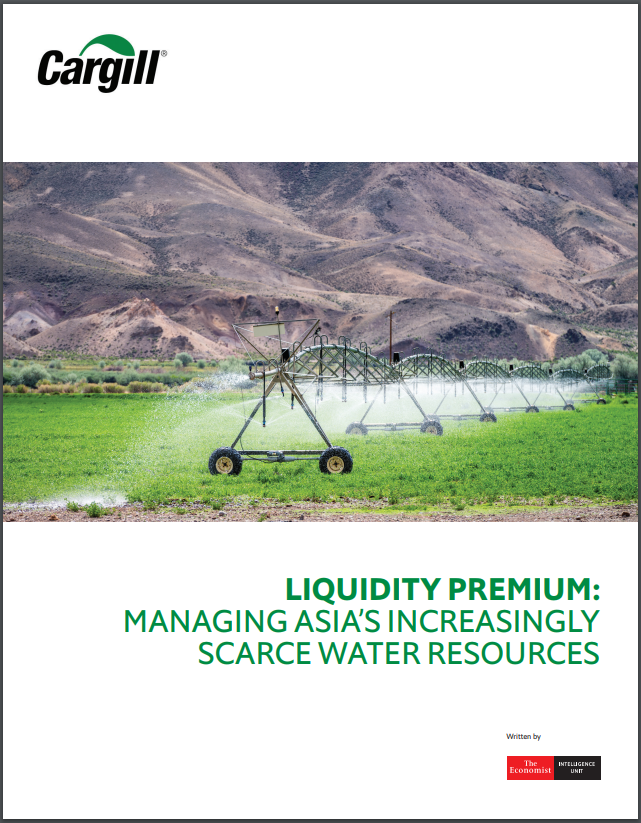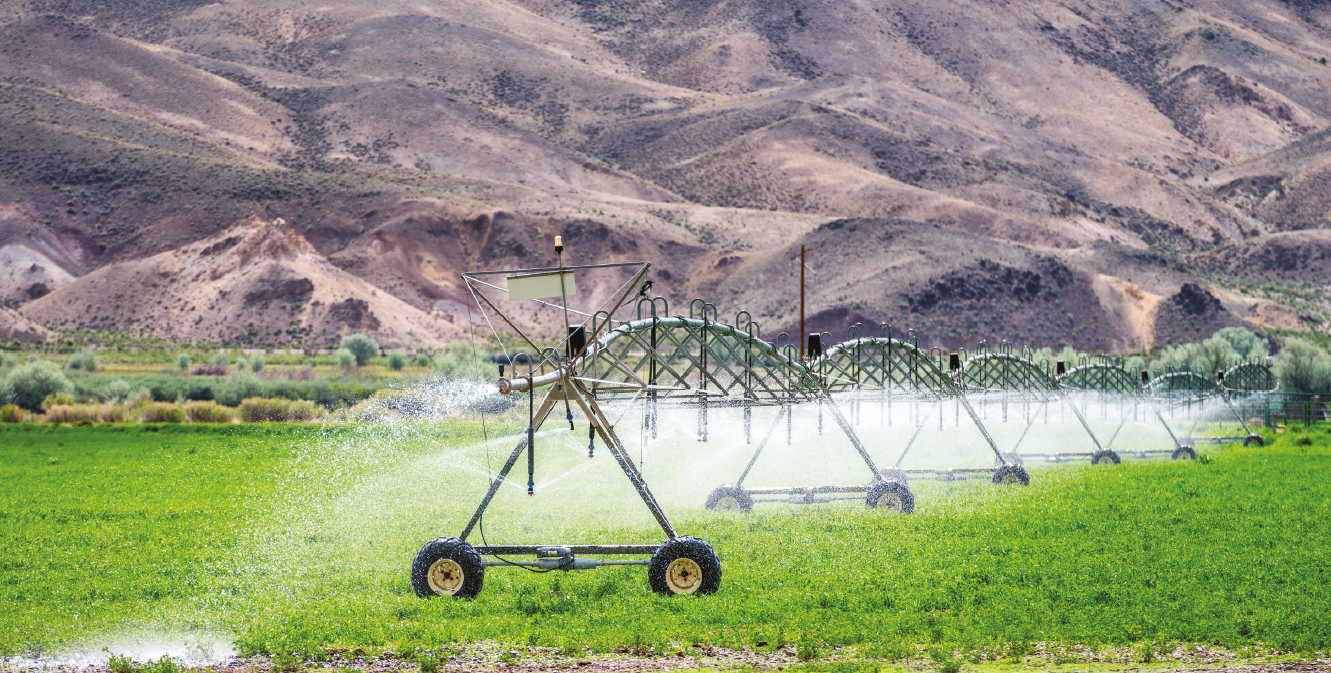Water scarcity is a growing concern. Global water withdrawal has increased 1.7 times faster than population growth over the last century, with 64% of global water withdrawal occurring on the Asian continent. Urbanisation has also led to more spatially concentrated demand for water, and there are concerns about the over-exploitation of water sources, as well as the impacts of climate change (particularly the effects of rising sea levels and saline intrusion on agriculture). Against this backdrop, political tensions over increasingly scarce water resources are already becoming more apparent.
As Asia develops, rising demand for food and energy will also affect water resources. This will add further complexities to the challenge of managing water, requiring a greater understanding of the water needs associated with food and energy, and how current water issues (such as pollution, poor quality data and over-extraction) will affect the food systems of the future.
Which trends are driving increased demand, supply and tension over water? What are the challenges and opportunities for policymakers and the private sector in managing these trends? This report aims to help policymakers and companies as they grapple with these challenges by analysing water resources and water scarcity in Asia, and by exploring how water supply and demand will interact with agriculture in the future
Download report Liquidity Premium: Managing Asia's scarce water resources for more details>

For insights to the research conducted by The EIU which surveyed 420 executives of food producers and agriculture companies in the Asian region, download article here >








